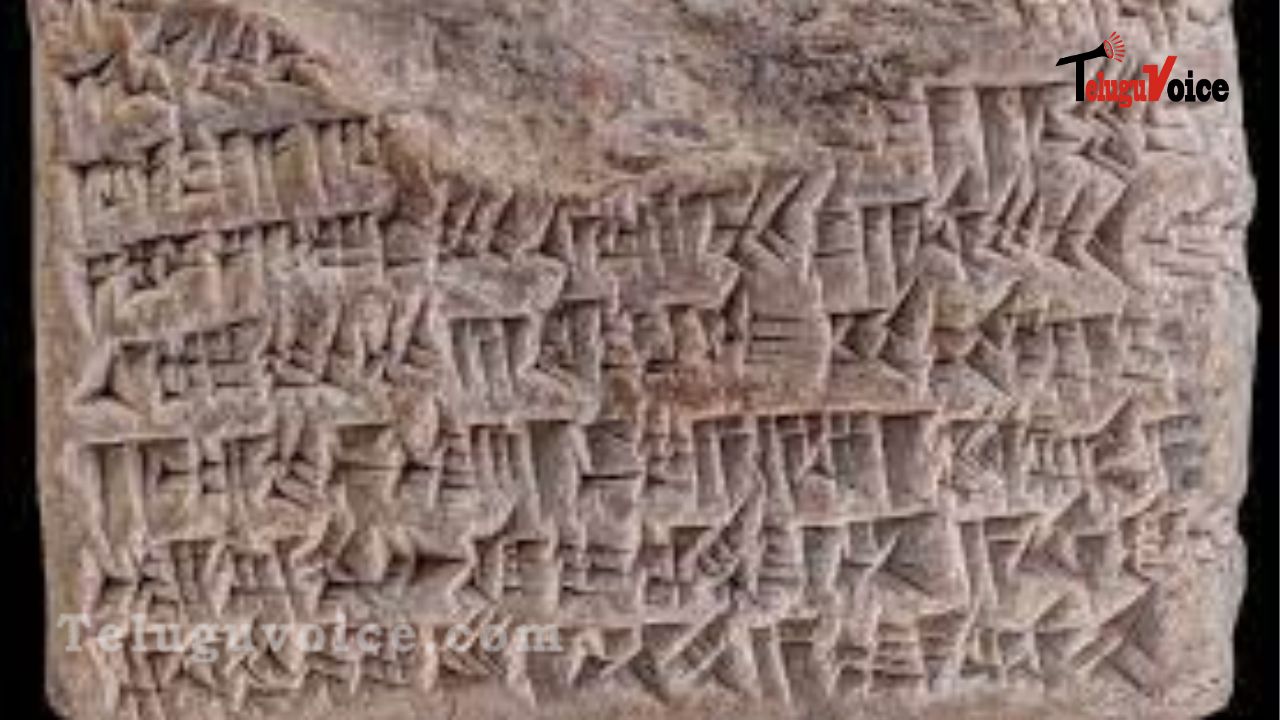Google Translate-like AI program reads 5000-year-old Cuneiform!

The change in AI (artificial intelligence) has taken the world by force. AI tools like ChatGPT and Google Bard have changed how we find and use information in a big way. Everything is now available with just a question and a click. Even though these great tools can help us do simple things in our daily lives, they can also help us figure out what happened in the past. A team of historians and computer scientists from Israel is working on a new and ground-breaking AI project that wants to do just that. It will translate a nearly 5,000-year-old writing system into English in seconds. It's like Google Translate on steroids!
Translating Akkadian Cuneiform
Cuneiform is a writing system that has existed for over 5,000 years. It is a logo syllabic script with wedge-shaped marks. From the Bronze Age to the Common Era, which is almost 3000 years, it was used but has yet to be used in 2000 years. Millions of cuneiform-written clay tablets exist in museums, libraries, and art galleries worldwide today. But because there are few Akkadian users, it's been hard to translate them into a language that people today can understand. That's no longer the case.
The tool worked like Google Translate and was made at Tel Aviv University as a final project. Gai Gutherz, a computer scientist who worked on the program and was quoted in the peer-reviewed PNAS Nexus from Oxford University Press, said, "What's so amazing about it is that I don't need to know any Akkadian to translate a tablet and figure out what's written in cuneiform. I can use the program to figure out what the past is trying to tell me."
Putting together the AI tool
According to the study, the AI tool uses a mathematical method called Neural Machine Translation (NMT), an artificial neural network to translate words from one language to another. Even though it's hard to tell what a good translation is, experts used Best Bilingual Evaluation Understudy 4 (BLEU4) to figure out how accurate the translation was.
Correct BLEU4 scores run from 0 to 100, with 0 being the worst and 100 being the best, which has never happened before. Gutherz says the score of 36.52 for cuneiform to English and 37.47 for transliterated cuneiform to English from the Akkadian translation tool is "pretty good."
Problems met
Since the language is so old, finding data for the AI model to learn from was hard. Researchers looked at pictures of Cuneiform tablets and took samples from the Open Richly Annotated Cuneiform Corpus (ORACC), an online collection from the University of Pennsylvania. The AI model was taught with 50,544 sentences, and confirmation and tests were done with 2,808 sentences each. Also, Akkadian was used for over 3000 years, so the cuneiform symbols and even languages changed significantly over time. This made it even harder to translate such an old writing system.
How do I get it?
If you want to try out this cutting-edge AI tool, you can find an early demo on The Babylon Engine. If you're going to make your tool like this, you can see its source code on GitHub, Akkademia, and Collaboratory.

 South Africa tour of India 2019
South Africa tour of India 2019










Comments